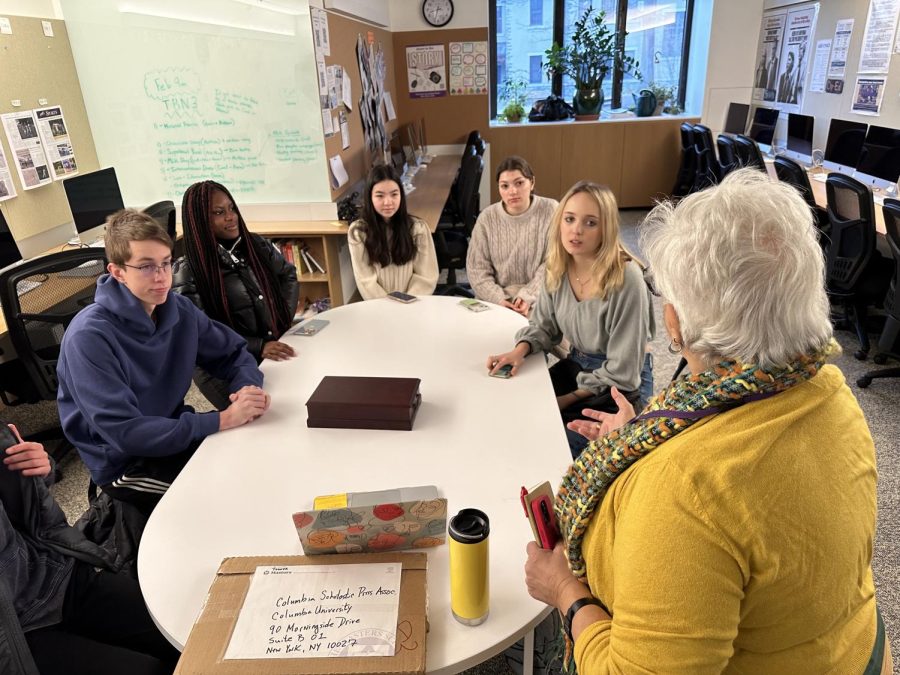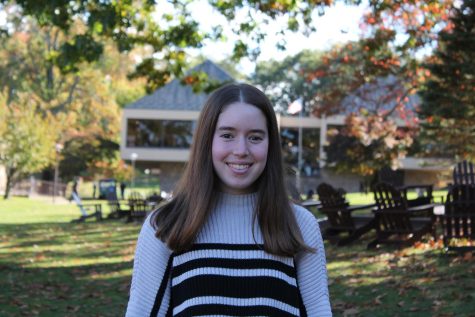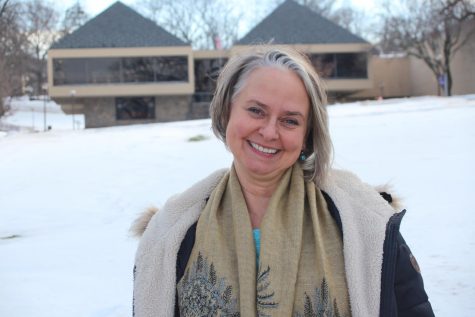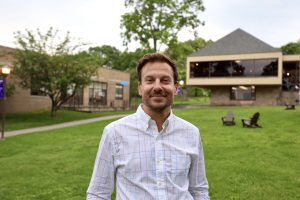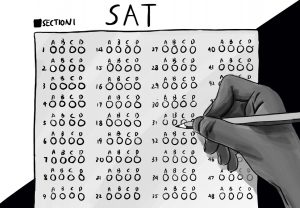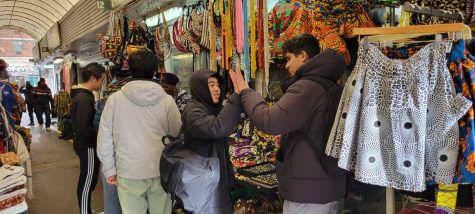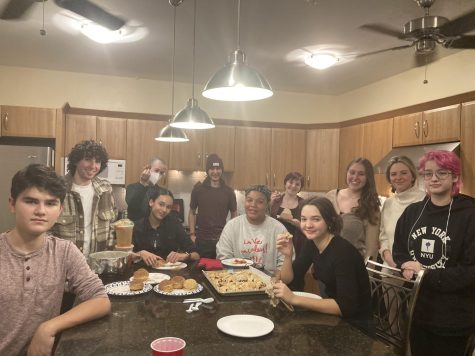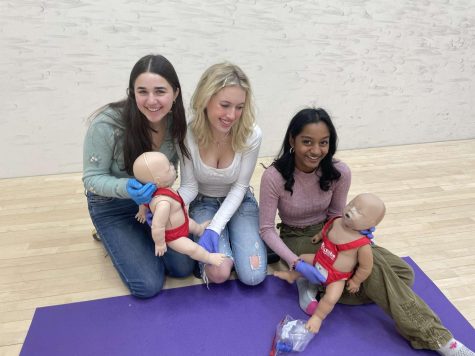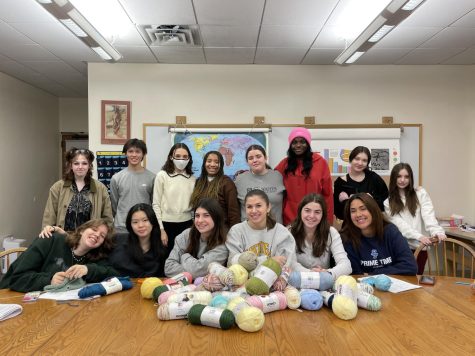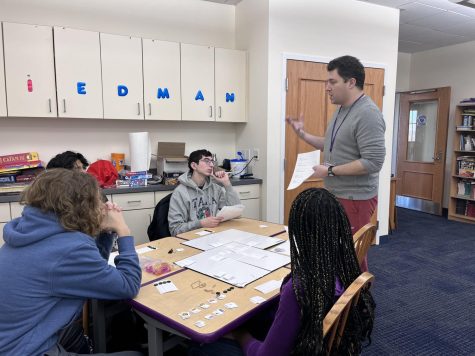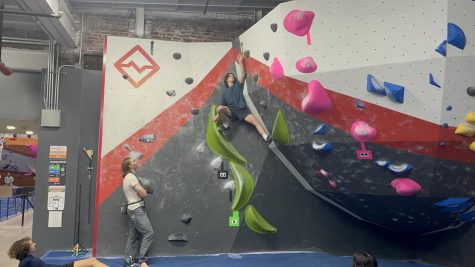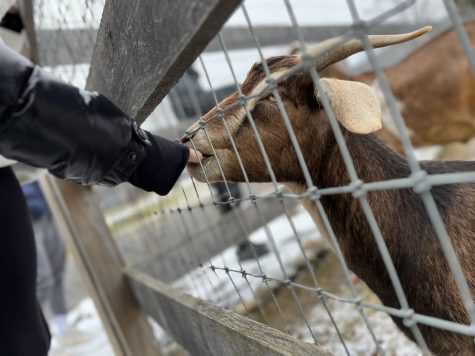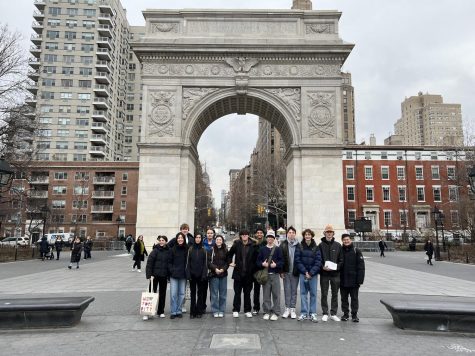Masters to Malawi builds bicontinental connections
January 27, 2023
Students in the Masters to Malawi Wintermission course connected across time zones with Mzuzu International Academy (MIA) students in Malawi. The ten Masters students in this course met over Zoom with twenty MIA students, learning about each other’s daily lives, culture/traditions, sports and experiences dealing with COVID-19.
Chair of Visual Arts Cheryl Hajjar co-led this Wintermission course alongside Tower adviser Ellen Cowhey. The idea was originally generated by Hajjar through her friendship with Anna Msowoya Keys, whom she met at South Presbyterian Church in Dobbs Ferry 23 years ago.
In 2003, Keys returned to her hometown of Mzuzu, Malawi to attend her sister’s funeral who, like her other three siblings, had died from HIV/AIDS. She later secured land from the government and money from an angel investor, and opened Mzuzu International Academy in 2010.
“It’s been really exciting to watch the growth and development [of MIA], and I thought that we would have a lot to offer them, but we could also learn so much from them,” Hajjar told Tower. “When I pitched the idea to [Keys], she loved it and was really grateful because she realized how much work would go into the planning. You could sense the excitement in their voices about this project.”
Junior Augusta Sykes and senior Alpha Zerfu were both in the Masters to Malawi course and agreed that Wintermission provided a useful transition between the first and second semesters.
“I’m really glad Masters offered Wintermission because it was nice to have a break from regular classes and also have the opportunity to learn in a new capacity that most schools don’t offer,” Zerfu said.
The students only met with students from the other school for about an hour each day, starting at 8:30 a.m. EST (or 3:30 p.m. in Malawi) because the Malawi day students needed to catch the bus and the boarding students needed to go to dinner. Hajjar and Cowhey had originally planned to create a newsmagazine highlighting the similarities and differences between Masters and MIA, but due to technology challenges and short time limit, the project was unable to be completely finished by the end of the week. Hajjar and Cowhey have since reached out to participants, and are still planning on bringing the project to completion to share with the two school communities.
Nevertheless, Sykes felt that the experience was mutually beneficial for the Masters and MIA students. Sykes said that she had previously never spoken with anyone who lives in Malawi, and this course provided a valuable opportunity to learn about a new culture and the ways in which the schools are similar and different.
“I really liked seeing their photos because their school is surrounded by beautiful landscape and wildlife. Their photos were better, so I was a little jealous,” Sykes said.
Hajjar said that one of her happiest moments was when she overheard one of the conversations between a Masters and MIA student.
“They sounded like they’ve known each other for years and years. And I thought, ‘Wow, that’s beyond what I expected!’ That was a really nice surprise,” she said.



